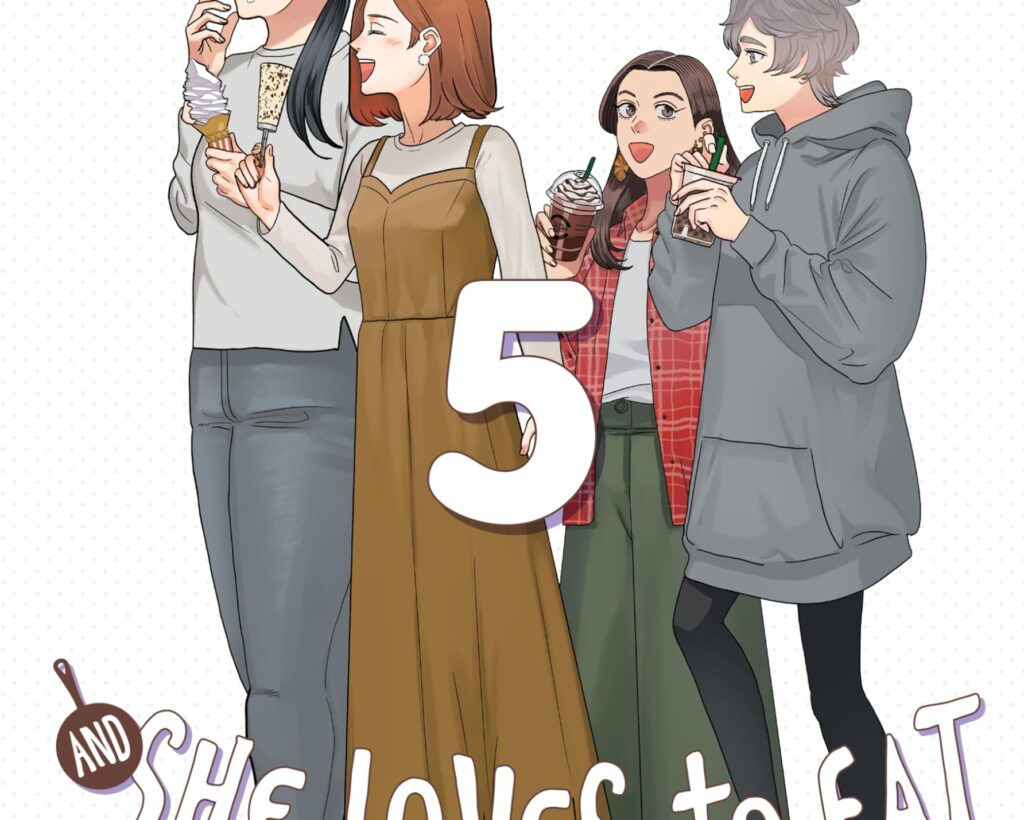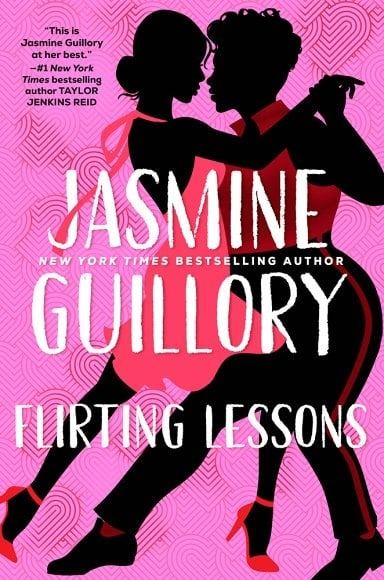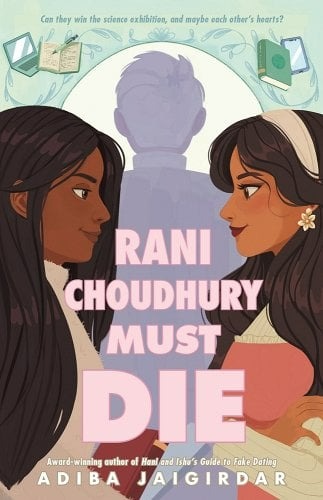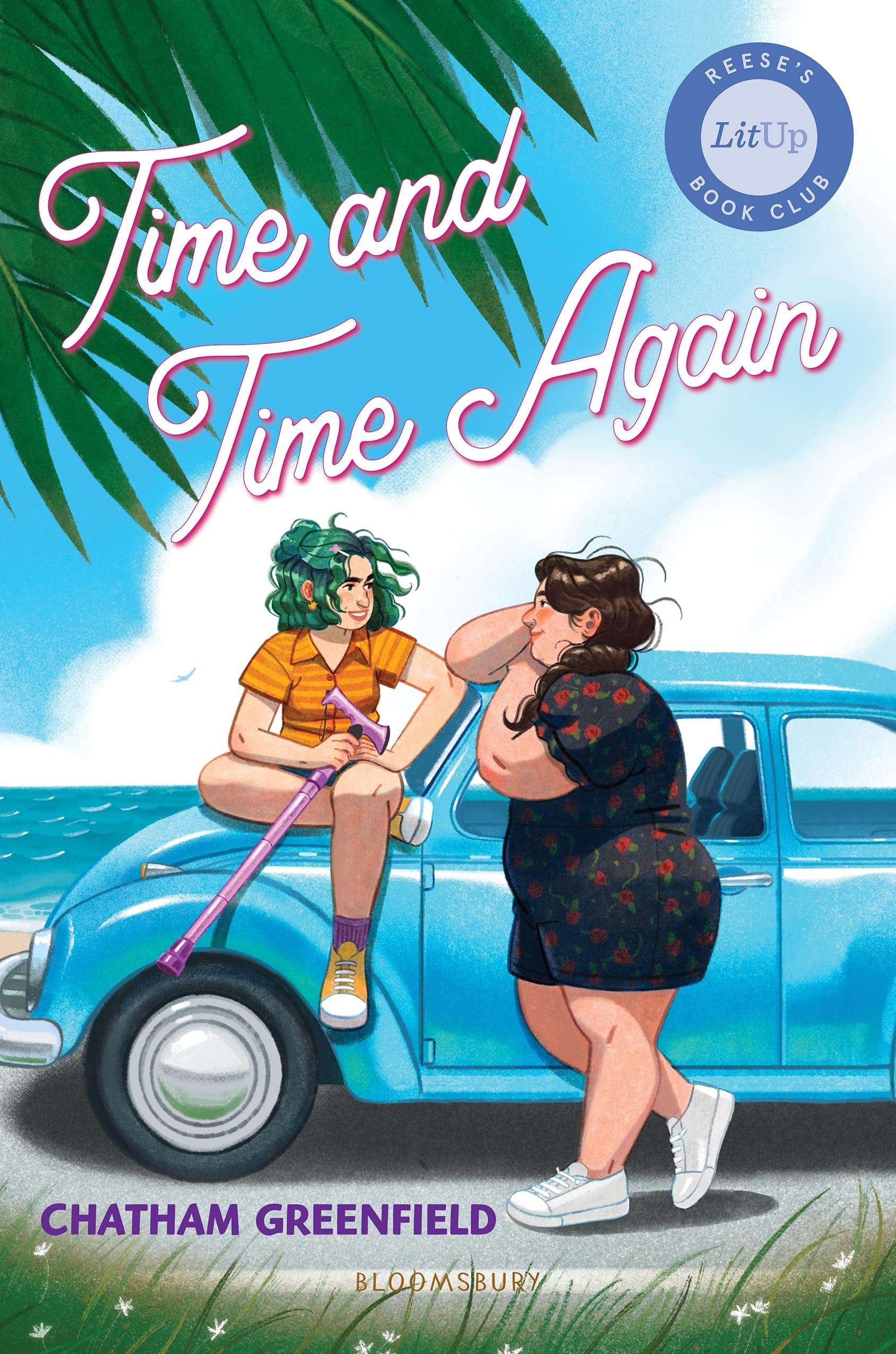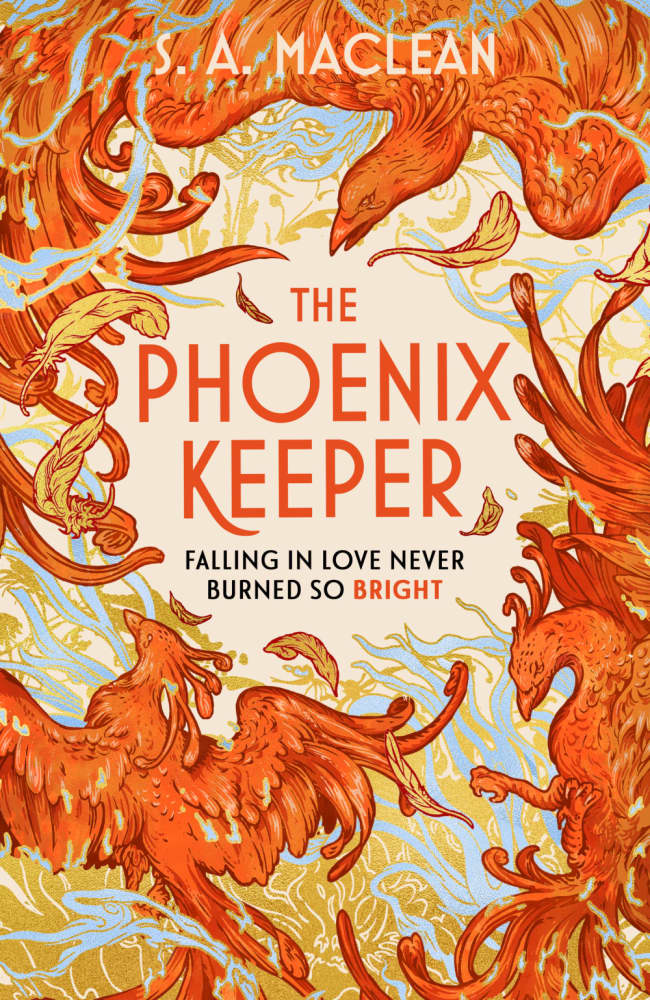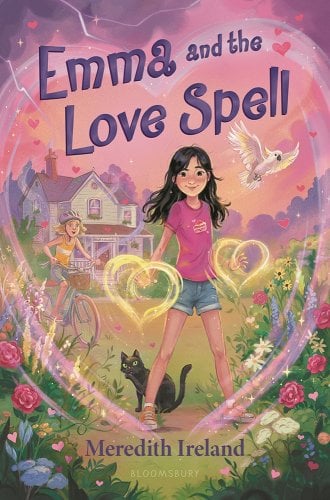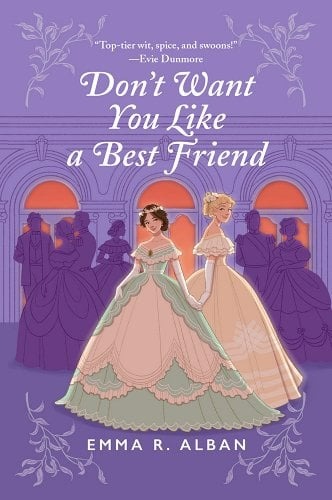Samara Breger made her debut in 2021 with Walk Between Worlds, a funny, relatable, fantasy romance that gently soothes the little broken part in all of us. The book is widely advertised with the tagline that it “will make you laugh even as it keeps you on the edge of your seat,” and I’ll enthusiastically secondRead More
A Queer and Compassionate Foodie Manga Series: She Loves to Cook, and She Loves to Eat Vols 1-5 by Sakaomi Yuzaki Review
We’ve recommended this sapphic manga series at the Lesbrary several times before, but that was when there were only a couple volumes out. I just finished volume five, and I needed to let you all know that it has only gotten better with time. She Loves to Cook, and She Loves to Eat is myRead More
It’s Never Too Late to Learn: Flirting Lessons by Jasmine Guillory Review
Flirting Lessons by Jasmine Guillory (out April 8, 2025) is a book that reminded me that I do actually like romance novels. If I go too long without reading one because my head is stuck in tragic fantasy-and-horror land, I start to delude myself into thinking that I hate cheesy romance and feel-good stories. Fortunately,Read More
A Sciencey Sapphic Read: Rani Choudhury Must Die by Adiba Jaigirdar
Rani Choudhury Must Die by Adiba Jaigirdar is a book I’ve been looking forward to. I really enjoyed Hani and Ishu’s Guide to Fake Dating, as well as The Henna Wars by the same author, and I was in the mood for a teen read! This story follows Rani and Meghna, ex-best friends who find out they’re dating theRead More
A Disabled Jewish Lesbian Time Loop Story: Time and Time Again by Chatham Greenfield
I love a time loop story, so I had to pick up up this sapphic YA take on the trope—especially one with with fat and disabled characters on the cover! In the first chapter, Phoebe is living August 6th for the 26th time in a row. Every day is the same, and every day sheRead More
Queer Cozy Fantasy with Magical Animal Shenanigans: The Phoenix Keeper by S.A. MacLean
Buy this from Bookshop.org to support local bookstores and the Lesbrary! I’m animal lover who’s always looking for more cozy queer fantasy, so this book seemed tailor made for me. It follows Aila, a phoenix keeper at a magical zoo who is trying to restart their phoenix breeding program to help bring the phoenixes backRead More
A Love Letter to Summer Camp: Wish You Weren’t Here by Erin Baldwin
Buy this from Bookshop.org to support local bookstores and the Lesbrary! Enemies to lovers is a popular trope, but most people don’t have full-on nemeses in real life. So in contemporary settings, rivals to lovers is more common: the people you compete with, argue with, and hate. Wish You Weren’t Here presents a lower stakesRead More
A Witchy Parent Trap: Emma and the Love Spell by Meredith Ireland
Buy this from Bookshop.org to support local bookstores and the Lesbrary! Emma has plans for the perfect summer, and they all involve her best friend (and crush!) Avangeline by her side. However, Avangeline reveals that her parents are getting a divorce, and her mom plans to take her with her to New Orleans! Emma decidesRead More
A Sapphic, Victorian Parent Trap: Don’t Want You Like a Best Friend by Emma R. Alban
Buy this from Bookshop.org to support local bookstores and the Lesbrary! Pretty much as soon as I discovered Emma R. Alban’s Don’t Want You Like a Best Friend, I was excited to read it. From the frothy cover to the Taylor Swift lyric title (admittedly I don’t actually know Taylor Swift’s music well enough to recognize thatRead More
A Muffin Baking- and Hijinx-Filled Romantic Comedy: Vengeance Planning for Amateurs by Lee Winter
Buy this from Bookshop.org to support local bookstores and the Lesbrary! Vengeance Planning for Amateurs by Lee Winter was published February 2024 and is Lee’s first intentional romantic comedy. The book follows muffin baker Olivia Roberts, her beloved stuffed penguin Trip, and her band of book club misfits that meet at the local crime bookstore.Read More
- 1
- 2
- 3
- 4
- Next Page »

